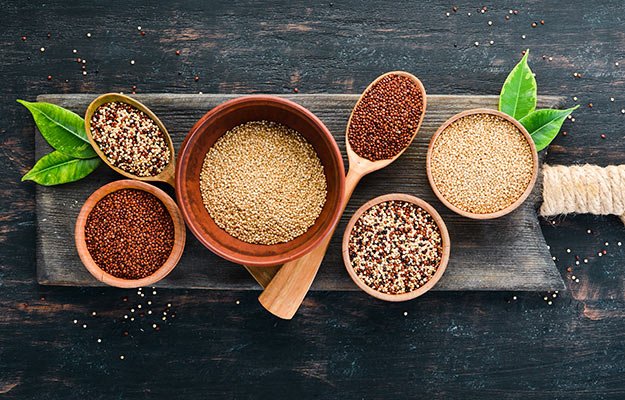
Health

During 2020, working from home meant easy access to the pantry, the fridge, and the snack cabinet. So, it is no wonder that 71 million Americans report having gained significant weight during the last year working from home! A recent survey published by The Beet (plant-based diet magazine) revealed that over half of Americans want to lose weight!
Recently, we wrote about the pro’s and con’s of low carb diets compared with low fat ones. And the verdict is clear: low carb does help you lose more weight faster.
We even provided some meal plans earlier this week in our blog post “What Is a Well Formulated Keto Diet Meal Plan?” for those of you ready to start weight loss.
Yet wheat still makes up 20% of all calories consumed by humans throughout the world.
So, with all this evidence, why is it so hard to beat the wheat? How important is it? And what can you do to ensure you’re getting the best nutrition for you? This article discusses the importance of controlling wheat in your diet and ways to start replacing this longtime dietary staple.
Wheat contains three ingredients that affect weight gain in humans:
Amylopectin A triggers LDL particles (low density lipoproteins, “the bad cholesterol”). When wheat consumption stops, these LDL’s drop by 90%. The problem with amylopectin A is that it spikes insulin levels dramatically. These spikes in insulin levels can lead to insulin resistance, the harbinger of diabetes. According to a study published by the American Journal of Clinical Nutrition, glucose and insulin responses were significantly higher with amylopectin.
Gliadin is a protein component of the protein gluten. It is also an appetite stimulant, a second problem of gliadin. Gliadin also widens a portion of the small intestine that is meant to be small and tight. Expanding this section of the intestine leads to inflammation and more serious conditions like celiac disease.
Wheat also contains an abundance of gluten, which inflames the gut. In addition to the inflammation, the risk of Leaky Gut Syndrome, and the insulin resistance, gluten also leads to leptin resistance. Leptin is a hormone that informs your brain when you’re full. Leptin resistance will inevitably lead to weight gain.
If you are ready to eliminate or reduce your wheat intake, there are tangible ways to prepare. Start by becoming familiar with the various names wheat goes by. When reading food labels to scope out ingredients, remember that ALL of these are names for wheat:
With this many pseudonyms, it’s easy to imagine wheat sneaking into your diet unnoticed. For a comprehensive list of wheat sobriquets, visit this article by Wheat Free.
Next, take a deep breath and reflect on how many of the foods we eat are made with wheat. The list is long and can be intimidating. But below, we offer some tangible advice for making the shift. Here are some of the popular foods we eat that come from wheat or contain substantial amounts of wheat:
And finally, some ideas on how to take the plunge and begin reducing or eliminating wheat from your diet:

There’s a lot to think about – we get it. If you have questions about wheat, gluten, keto, or weight loss, connecting with a doctor in a discrete setting has never been easier.
Opt Health is a telehealth platform that reconnects men with wellness, fitness, strength, and sexual vitality through scientific preventive medicine. From your own home, you can schedule with a physician, meet one-on-one via video conference, receive test results, and have medications delivered to your door.
For questions, inquiries, or appointments, don’t hesitate to contact us. Get personalized support and insight from top-tier physicians available 24/7.
Your health, your terms. Discover how personalized care can transform not just the way you feel, but how you live.